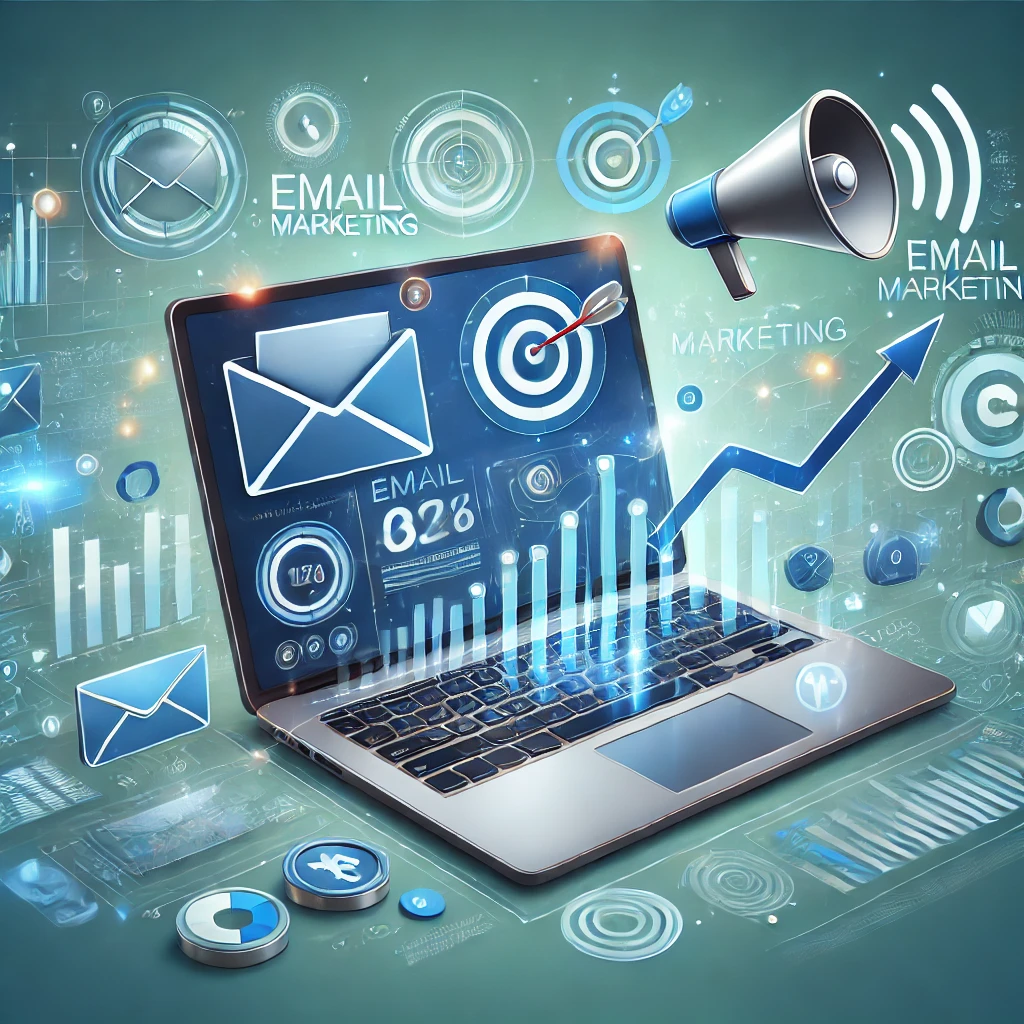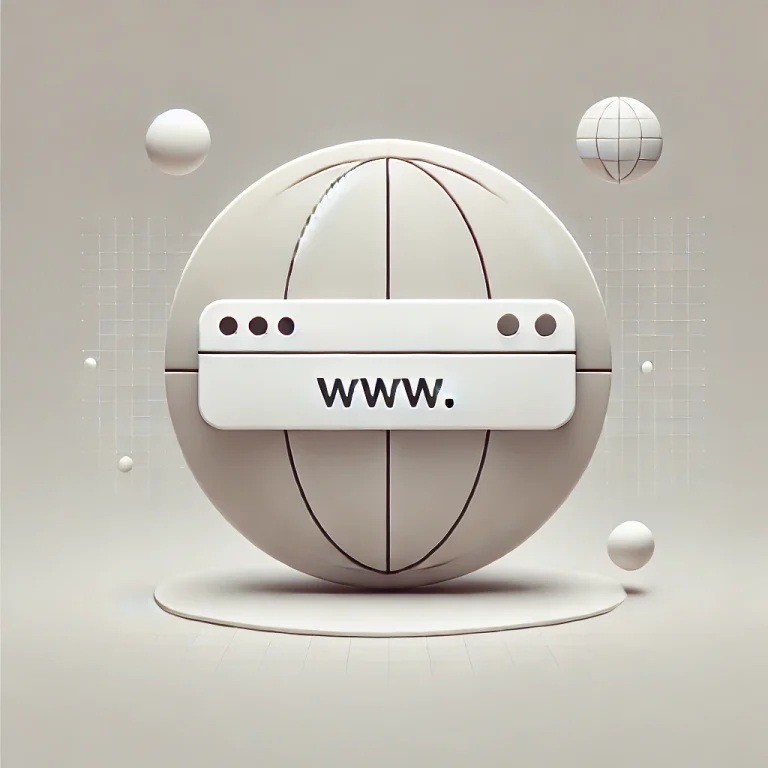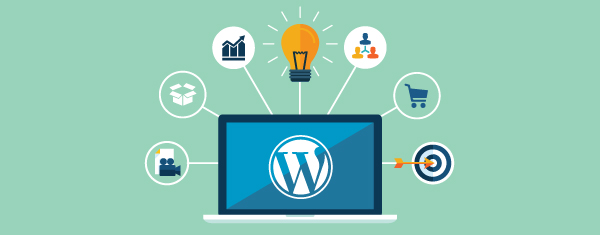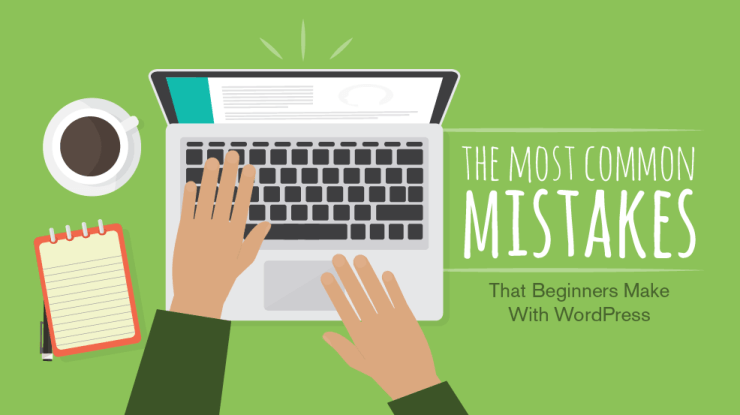Email Marketing: Proven Strategies to Maximize Engagement and Drive Conversions
Email marketing remains one of the most powerful tools in digital marketing, offering a high return on investment (ROI) and the ability to foster personal connections with audiences. While social media and other digital channels rise and fall in popularity, email provides unparalleled results due to its individual, direct, and measurable impact on customers.
Let’s dive into everything you need to know about creating successful email marketing campaigns, from building a strategy to measuring success.

Table of Contents
Overview of Email Marketing
Email marketing involves sending targeted messages to a group of recipients who have expressed interest in a brand or product. It is an essential digital marketing strategy, helping businesses reach and engage with their audience in a personalized, cost-effective way. Over the years, email marketing has evolved, with advanced segmentation, automation, and analytics transforming the way marketers engage customers.
Why Email Marketing is Essential
Email marketing boasts several advantages over other digital marketing channels:
- High ROI: Email marketing consistently delivers a high return on investment, with some studies suggesting an ROI as high as $42 for every $1 spent.
- Direct Access: Email allows direct communication with subscribers, offering a personal touch that social media often lacks.
- Measurable Results: Marketers can track metrics like open rates, click-through rates, and conversion rates to gauge success.
- Personalization Opportunities: Tailoring emails to customer preferences enhances engagement and builds brand loyalty.
Types of Email Marketing
To maximize engagement, it’s essential to understand the types of email marketing:
- Newsletters: These are regular updates sent to subscribers, often covering recent news, product launches, or upcoming events.
- Promotional Emails: Used to inform subscribers about discounts, sales, or special offers.
- Transactional Emails: These include order confirmations, shipping notifications, and receipts, often triggered by customer actions.
- Drip Campaigns: A series of automated emails designed to nurture leads over time.
- Re-engagement Emails: Sent to subscribers who haven’t interacted in a while, intending to re-engage them.
Setting Email Marketing Goals
Defining goals is a crucial first step. Clear objectives not only guide campaign design but also provide benchmarks for measuring success. Common email marketing goals include:
- Increasing Sales: Driving direct purchases or bookings.
- Building Brand Awareness: Sharing content that enhances brand perception.
- Generating Leads: Encouraging sign-ups for webinars, demos, or more information.
- Boosting Customer Engagement: Fostering a community through regular updates.
Building an Email List
Building a quality email list is essential for successful campaigns. Some strategies for list-building include:
- Opt-In Forms: Place opt-in forms on key pages, such as your homepage or blog.
- Lead Magnets: Offer valuable content (like eBooks or guides) in exchange for an email address.
- Social Media: Encourage followers to subscribe to your email list.
- Events and Webinars: Collect emails during events, webinars, or workshops.
Segmenting Your Audience
Segmentation is vital to effective email marketing, as it ensures each recipient receives content relevant to their interests. Common segmentation criteria include:
- Demographics: Age, gender, income level.
- Behavioral Data: Past purchases, browsing behavior, email engagement.
- Location: Regional promotions or time-sensitive messages.
- Engagement Level: Tailor messages to active vs. inactive subscribers.
Crafting Compelling Subject Lines
The subject line is one of the most important elements of an email. Here are some tips for crafting compelling subject lines:
- Keep it Short and Sweet: Aim for fewer than 50 characters.
- Use Actionable Language: Words like “Discover,” “Get,” or “Find” encourage engagement.
- Add Personalization: Use the recipient’s name or relevant information.
- Incorporate Curiosity: Subject lines that pique curiosity tend to have higher open rates.
Personalization in Email Marketing
Personalization goes beyond addressing subscribers by name. Modern email marketing tools allow for deeper personalization, such as:
- Dynamic Content: Tailor content within the email based on user data.
- Product Recommendations: Show products based on past behavior or preferences.
- Behavioral Triggers: Send emails based on user actions, like abandoning a cart.
Personalized emails have higher engagement and conversion rates, making them a cornerstone of effective email marketing.
Email Design and Layout
Email design matters. A well-designed email improves readability and encourages interaction. Here are some best practices:
- Use a Clean Layout: Avoid clutter and ensure essential elements stand out.
- Responsive Design: Ensure emails look good on all devices, especially mobile.
- Include Visuals: Images, GIFs, and videos can enhance engagement.
- Readable Fonts and Colors: Choose fonts and colors that are easy on the eyes.
Content Creation for Emails
Content is the heart of your email. Ensure each email provides value, whether through information, entertainment, or offers. Tips for creating engaging email content include:
- Focus on Value: Make sure each email provides something useful to the recipient.
- Use Clear and Concise Language: Be direct, and avoid lengthy paragraphs.
- Incorporate Storytelling: Engage readers by sharing stories, insights, or personal anecdotes.
- Include a CTA: Every email should have a clear call-to-action, guiding recipients toward the desired action.
Adding CTAs in Emails
The call-to-action (CTA) is a critical component of any email. Here are some CTA best practices:
- Make it Stand Out: Use contrasting colors and clear text.
- Use Action-Oriented Words: Words like “Shop Now,” “Learn More,” or “Get Started” prompt action.
- Limit to One or Two CTAs: Too many CTAs can overwhelm the recipient.
Timing and Frequency of Emails
Timing and frequency can impact the success of email campaigns. Best practices include:
- Testing Timing: Experiment with sending emails at different times to find the optimal time.
- Finding the Right Frequency: Avoid over-emailing, as it may lead to unsubscribes.
Analyzing and Measuring Success
To continuously improve, it’s essential to measure email performance. Key metrics include:
- Open Rate: The percentage of recipients who opened the email.
- Click-Through Rate (CTR): The percentage of clicks on links within the email.
- Conversion Rate: The percentage of recipients who took the desired action.
- Bounce Rate: The percentage of emails that weren’t delivered.
Analyzing these metrics helps refine your strategy, improve engagement, and drive better results.
Frequently Asked Questions (FAQs) on Email Marketing
What is email marketing?
Email marketing is a form of digital marketing that involves sending emails to a group of subscribers or customers. These emails may include promotions, updates, personalized offers, and other information designed to engage the audience, drive sales, or build brand loyalty.
Why is email marketing important?
Email marketing allows businesses to communicate directly with their audience, offering a high return on investment (ROI) and measurable results. It helps increase brand awareness, improve customer engagement, drive sales, and nurture customer relationships.
How can I build a quality email list?
A quality email list can be built by using opt-in forms on your website, offering valuable lead magnets (like eBooks or discount codes), encouraging sign-ups through social media, and collecting emails at events or webinars. Ensuring subscribers give permission is essential for maintaining a responsive, engaged list.
What is email segmentation, and why does it matter?
Email segmentation is the process of dividing an email list into smaller groups based on specific criteria, such as demographics, behavior, or purchase history. Segmentation allows marketers to send more relevant content, resulting in higher open and engagement rates and improved conversions.
How often should I send emails to my subscribers?
The ideal frequency varies depending on your audience and content. Generally, sending one to two emails per week is a common practice. However, it’s important to test and monitor engagement to determine the best frequency for your specific audience.
What are the most important metrics to track in email marketing?
Key email marketing metrics include the open rate (percentage of recipients who open the email), click-through rate (CTR, percentage of recipients who click a link), conversion rate (percentage of recipients who complete a desired action), bounce rate (percentage of undelivered emails), and unsubscribe rate (percentage of recipients who opt-out). Monitoring these metrics can help you refine and optimize your campaigns for better results.
Conclusion
Email marketing is a powerful tool for building customer relationships, generating sales, and driving engagement. Marketers can create impactful emails that resonate with their audience by understanding the fundamentals—from crafting subject lines to measuring campaign success. With personalized, engaging content and strategic timing, email marketing continues to be an invaluable channel for brands seeking to connect with their customers.






